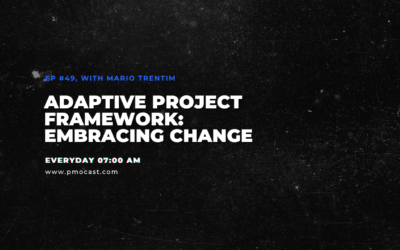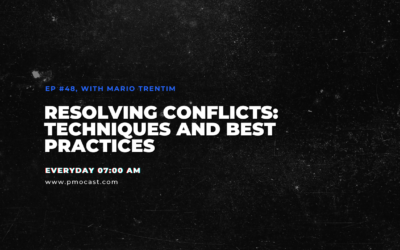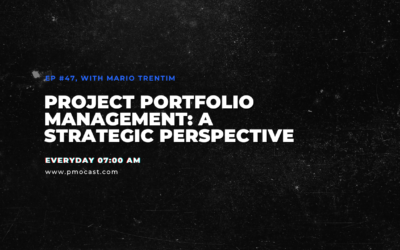Welcome to the intricate world of project management, where the PMBOK (Project Management Body of Knowledge) guide is a pivotal reference and resource. Today, we’re going to dive deep into understanding the PMBOK guide, revealing why it’s such an essential part of project management best practices.
Understanding the PMBOK Guide
Developed and published by the Project Management Institute (PMI), the PMBOK guide is a comprehensive manual providing a project management framework. It encapsulates standards, best practices, and guidelines, fostering a common language and a unified set of processes for project managers globally.
Essentially, the PMBOK guide is to project managers what a playbook is to a football team—it supplies the strategies, tools, and tactics necessary for driving project success.
A Deeper Look into the PMBOK Guide
The latest PMBOK Guide (7th edition, published in 2021) is far from being a simplistic ‘how-to’ manual. It’s an expansive guide that can be adapted to a variety of project sizes and complexities. This edition is underpinned by 12 guiding principles aimed at directing the actions and behaviors of project management practitioners, with a core focus on delivering value and generating high-quality outcomes.
One of the key elements that render the PMBOK guide so valuable is its emphasis on five primary process groups: Initiating, Planning, Executing, Monitoring and Controlling, and Closing. These process groups act as a roadmap for project managers and teams to follow, regardless of their industry or project size.
Tailoring the PMBOK Guide to Your Needs
However, it’s important to note that the PMBOK guide doesn’t offer a one-size-fits-all approach. It’s a framework that necessitates adaptation based on specific project requirements, organizational constraints, and project environments. For instance, tech giant IBM has leveraged PMBOK principles to customize their project management approach, leading to a decrease in project overruns and an increase in project success rates.
The secret to maximizing the utility of the PMBOK guide is to use it as a guide—not a rulebook. Tailor the principles and processes to align with your unique project context and organizational culture.
Wrapping Up
In conclusion, understanding and applying the PMBOK guide can be a significant game-changer in your project management practice. It’s a priceless resource that, when used effectively, can substantially enhance project outcomes and drive success.
If you’re a project management professional or someone aspiring to be one, consider this a must-read, a guide that should be part of your toolkit.
Stay tuned for more insightful content designed to help you advance on your journey towards project management mastery. Remember, project management is more than a job; it’s a craft that requires continuous learning and adaptation.
Further Readings:
A Guide to the Project Management Body of Knowledge (PMBOK® Guide)–Seventh Edition
Making Change Work by IBM Global Business Services
Remember to subscribe, share, and join us in exploring the ever-evolving world of project management.




0 Comments